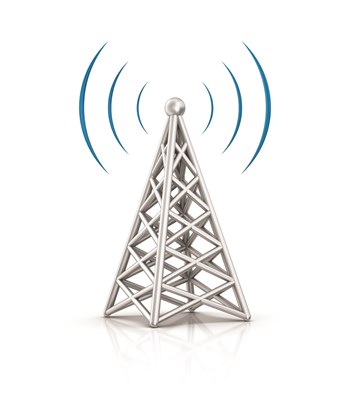
With new technology often comes new terminology - and lists of parts and functions that seem lifted directly off the pages of a sci-fi novella. When many of us were kids, terms like "retinal scanner" and "biometrics" were strictly Star Trek stuff, if they existed at all. Today however, your bank may use retinal scans to allow access to vaults and other secure areas, biometric information may be encoded into the magnetic strip on the back of your ID, and - if you're lucky enough to inhabit one of the small but growing number of New York residential buildings incorporating high-tech gadgetry into their security strategy, the following brief glossary may help you figure out what you're looking at"¦or what's looking at you.
Access Control: Any mechanism by which a system
grants or revokes the right to access some data, or perform some action.Biometrics: The science of using biological
properties (like fingerprints, vocal inflection, or retinal patterns) to identify
individuals.
CCTV: Closed-circuit television. A video feed
that runs directly to a monitor or closed network of monitors, usually for the
purpose of security surveillance.Palm/Hand/Fingerprint Scanner: A device that
can scan the unique pattern on part of an individual's hand and compare the
scan with a database of authorized visitors' prints.
Proximity Scanner: A device that can be calibrated
to detect motion or heat at a certain distance (proximity) to a given point - usually
an entrance or restricted area. Also known as "˜keyless entry' systems, these
are commonly used in private hotel rooms and limited-access areas like gyms
or utility rooms. Retinal Scanner: A device that can scan an individual's
eye to capture the unique patterns of blood vessels on the retina and compare
the digitized image/data with retinal scans in a database of authorized visitors.






Leave a Comment